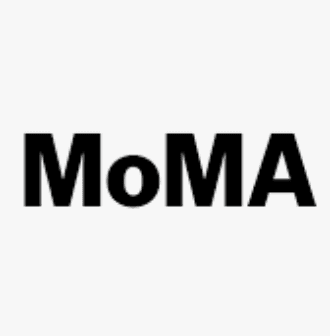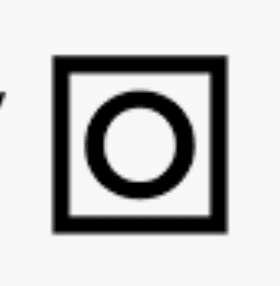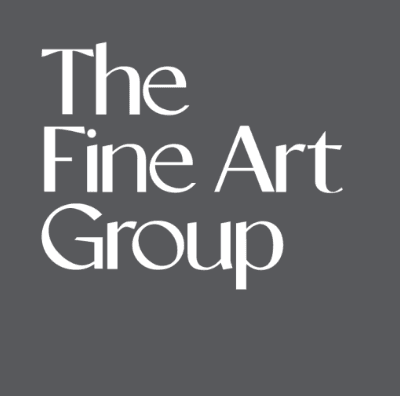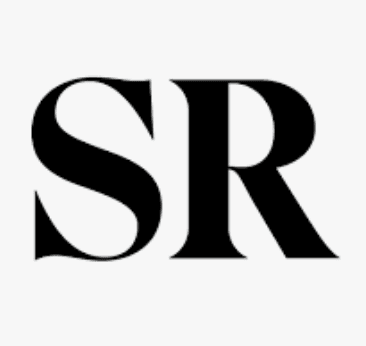ABSTRACT
Accessing Art
For many, saving or investing a portion of their income is the path to financial security in old age.
Real estate and capital markets are common ways to invest capital.
Securing assets through art is uncommon. And inaccessible for most. Here are the challenges summarized.
Artworks suitable for investment are expensive, often amounts that the average investor targets for their entire portfolio (diversification issue). The difficulty of finding good investments (which deal?). Lack of knowledge about prices/values/artists (is it a good deal?). The complexity of the transaction (including its physical element) and subsequent liquidation. The long-term perspective. A lack of marketplaces, structures, and transparency.
As a result, despite interest in the "object of art", most people hold back. Only a small and affluent group deals in high-priced works (often of deceased artists) and determines which living artists will increase in value (gatekeeper bias).
Some challenges can be addressed, and structures can be created. Access to the art market for everyone is the vision.
Posted on September 4 2023 by

This piece refers to the following themes
SIGNALS
The Artful Dance of Modern Investing
Emerging economies are showcasing a growing interest in art, indicating a broader, potentially untapped audience for art investment platforms. Conemporary Art annual appreciation over the last 30 years outperformed S&P 500 by almost 5%.
A surge in digital art sales (Matured: Artsy or Saatchi, Emerging: Avant Art) indicates a growing comfort level among consumers with the idea of online art acquisition.
The growing popularity and acceptance of platforms like Masterworks (or Yieldstreet), which enable fractional ownership of high-end artworks, signify a shift in how consumers view and access the traditionally exclusive world of art investments.
A growing number of art-focused investment funds highlight the increasing allure of art as a lucrative investment avenue (e.g. The Fine Art Fund Group led by Philip Hoffman)
The emergence of apps like Robinhood and Public.com reflects a trend where young and retail investors are more actively engaging in investment opportunities, democratizing finance and broadening market participation.
The success of fractional ownership models in other sectors signals a market readiness for shared art ownership (e.g. Timeless, Rally or web3 approaches like Fractional).
FEATURES
Invest in collections, not just individual pieces, to minimize risks (even with small invested amounts).
FEATURES
Professionally curated groups of artworks. Think of it as a growing set of art-focused investment fund.
FEATURES
Managed by market experts. Users only see results reflected in collection share prices.
FEATURES
Broad collections (50-100 pieces) mean opportunities to back emerging talents.
FEATURES
Inspired by ETFs: balanced budgets, monthly payments, and broad investments—all digital.
FEATURES
View and adjust your portfolio anytime, anywhere.
FEATURES
Based on portfolio size, investors have a range of options to enjoy artworks like exhibitions, galleries, at-home rentals.







